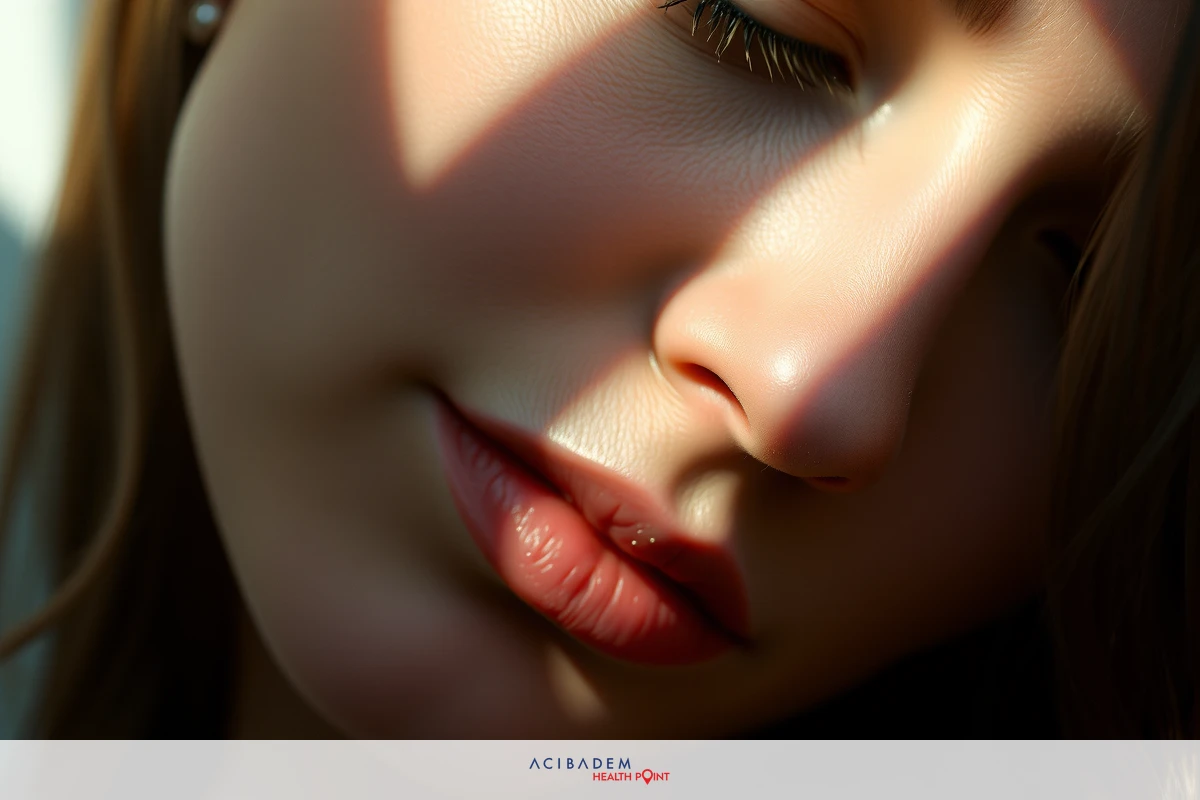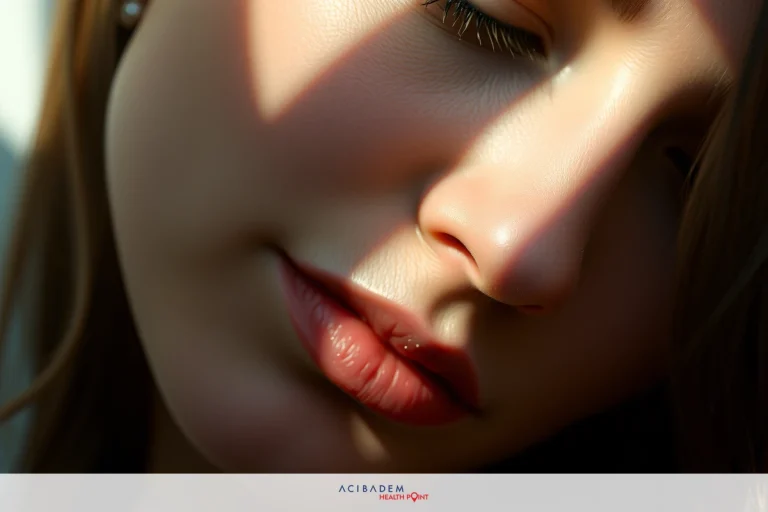How to Get Rid of Rhinoplasty Scar
How to Get Rid of Rhinoplasty Scar Rhinoplasty scars can often be an unforeseen consequence of cosmetic surgery, leaving many individuals seeking methods for reduction or elimination. It is important to emphasize that these scars are not a reflection on the skill or expertise of the surgeon; rather, they are a natural result of incisions necessary for achieving aesthetic enhancements in nose structure.
Remarkably, modern advancements in medical treatments have paved way for effective scar removal techniques. From topicals and creams specifically designed to promote healing and reduce scarring, to more invasive options such as laser therapy there’s an array of choices available today. Remember: every individual’s skin reacts differently; thus patience and consistent care form integral parts towards successful recovery post-rhinoplasty.
Understanding Rhinoplasty Scars
Rhinoplasty scars can be an unexpected result of cosmetic surgery, sometimes causing distress and concern to those who have undergone the procedure. An integral part of understanding rhinoplasty scars involves appreciating that they are not indicative of surgical error or proficiency but merely a natural consequence of incisions made during the operation. The healing process after such surgeries typically results in scar formation as it is the body’s response to repair disrupted skin.
How to Get Rid of Rhinoplasty Scar The nature and visibility of these scars often depend on various factors including the type of rhinoplasty performed – open or closed, your skin’s unique healing capacity, as well as how meticulously post-operative care instructions are followed. In closed rhinoplasties where incisions are made inside the nostrils, scarring remains hidden while in open procedures where a small external cut is made across tissue between nostrils (columella), slight visible scarring may occur.
Scar removal begins with understanding that each person’s recovery journey is distinctively individualistic; what works for one might not necessarily work for another due to variations in genetic makeup influencing our healing mechanisms. It’s essential to maintain realistic expectations about scar reduction rather than complete elimination since some degree of permanent marking could persist depending on circumstances surrounding each case. Evidence-based practices recommend embracing patience throughout this transformative phase since full maturation and fading of rhinoplasty scars may extend anywhere between 12 to 18 months postsurgery.
Scar Removal Techniques
How to Get Rid of Rhinoplasty Scar In the pursuit of scar minimization following rhinoplasty, an array of techniques have been developed. These methods vary in their approach and intensity, ranging from non-invasive topical applications to more invasive clinical procedures. It’s important to consider that any technique chosen should always be under the guidance of a medical professional for safety and optimal results.
- Topical Treatments: Over-the-counter creams or gels containing ingredients like silicone, vitamin E, or onion extract may assist in reducing scar visibility by hydrating and soothing skin during recovery.
- Massage Therapy: Regularly massaging your nose with doctor-recommended oils can improve blood circulation, promoting faster healing and reduced scarring.
- Silicone sheets or tapes: By creating a moist environment on your scar surface these products aim to speed up the healing process while mitigating excess collagen production leading to raised scars (keloids).
- Sunblock application: Protecting your incision line from sun exposure prevents hyperpigmentation thereby aiding in blending the small rhinoplasty scar with surrounding skin over time.
- Laser Therapy: Certain laser treatments administered by professionals can reduce redness around scars and smooth out uneven surfaces but it requires careful consideration due its invasive nature.
- Steroid Injections: Specifically for hypertrophic (raised) scars or keloids that may form post-rhinoplasty –

A close-up photo of a young woman’s face, showing her eyes closed in shadow with soft lighting, possibly from the sun. Her makeup includes red lipstick and she appears relaxed or asleep. steroid injections can help flatten them effectively decreasing their prominence.
- Scar Revision Surgery : Reserved as a last option when other methods prove ineffective; this cosmetic procedure involves surgical removal of existing scar followed by meticulous wound closure aiming at minimal visible scarring.
Remember each method carries its own set benefits and potential risks hence thorough consultation with healthcare provider is paramount before committing to any specific technique.
Tips for Scar Healing
Healing after rhinoplasty is a process that requires patience, adherence to postoperative instructions, and care. It’s crucial to understand the natural course of scar maturation and how our bodies work towards repairing the surgical wound. Following surgery, you may notice your scar passing through various stages – initially red and raised during inflammatory response then gradually turning flatter, softer, and lighter over time as part of resolution phase.
The healing process can be optimally managed by implementing certain effective measures. Maintaining good hydration promotes skin elasticity which aids in minimizing scar appearance while balanced nutrition rich in vitamin C supports collagen production essential for wound repair. Refraining from smoking accelerates recovery since nicotine constricts blood vessels impeding oxygen supply necessary for healing tissues. Gentle nasal massage (once permitted by surgeon) improves blood flow thereby helping faster resorption of internal swelling or potential scar tissue formation.
How to Get Rid of Rhinoplasty Scar Preserving your incision line from sun exposure is vitally important throughout recovery phase; UV rays can darken fresh scars making them more noticeable than they would otherwise appear once fully healed. Employing doctor-recommended moisturizing creams or silicone-based products provide additional hydration enabling smoother transition through different phases of scarring.
Remember: adequate rest fosters overall well-being which indirectly contributes towards successful healing journey post-rhinoplasty surgery! While these tips can facilitate efficient recovery it’s pivotal to maintain close follow-ups with your healthcare provider ensuring any concerns are addressed promptly thus facilitating optimal results tailored uniquely to you!
Frequently Asked Questions
How long does it take for a rhinoplasty scar to heal completely?
The timeline for rhinoplasty scar healing varies among individuals. Typically, most noticeable changes occur within the first 6-12 months following surgery, with continued subtle improvements up to about 18 months or more.
What can I do to minimize my rhinoplasty scar during the recovery process?
There are several measures you can adopt including good hydration, balanced nutrition, sun protection of incision line and application of doctor-recommended creams or silicone-based products. Following your surgeon’s post-operative instructions religiously is also key towards successful recovery.
Is there any way to eliminate a rhinoplasty scar completely?
While numerous techniques exist aiming at minimizing scars' visibility post- rhinoplasty, complete elimination may not always be possible due to individual variations in skin's healing mechanisms. It’s important to maintain realistic expectations and discuss your concerns with healthcare provider who could suggest suitable options based on your specific needs.
Are all scars from open rhinoplasties visible?
Not necessarily. Surgeons make efforts to place the columellar incision (required in open procedures) strategically so that resultant scarring blends well into natural contours of nose thereby rendering them quite inconspicuous over time.











